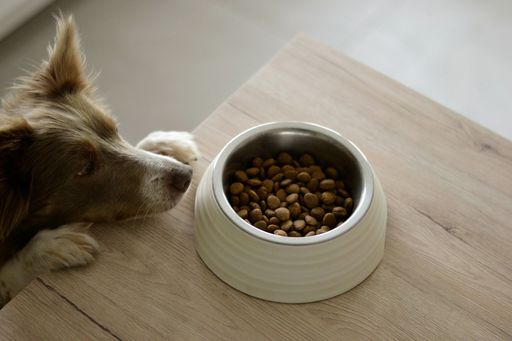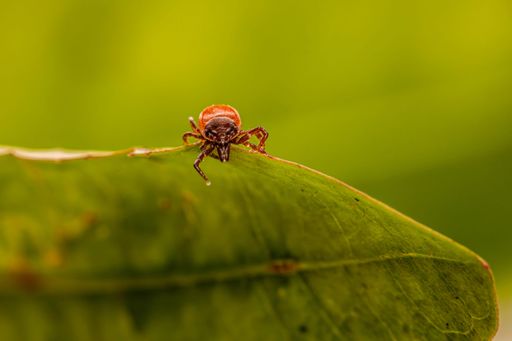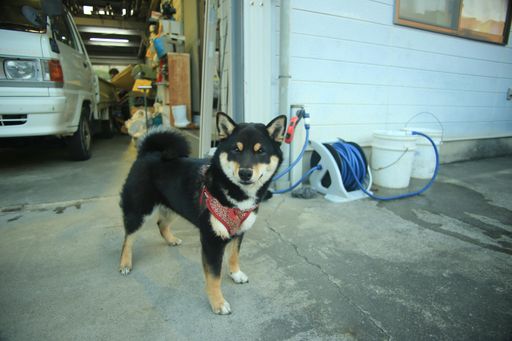So your dog is getting old! It’s a magical and fascinating time in your dog’s life as their nutrition, sleep, mental and physical health change. Many owners make the mistake of stopping exercise when they notice their dog’s mobility slowing down. However, exercise is still key to keeping your senior dog thriving. In this article, we’ll discuss why exercise and recovery are so important. We’ll also discuss the ways you can adapt your exercise routine to suit your dog’s needs in their senior years. Let’s dive in!
Quick disclaimer: Even dogs of the same breed and age can have different issues in their senior lives. Some 12 year old Labradors have hearing issues, arthritis and heart conditions. Other 12 year old Labradors are completely healthy and active but tire more easily. The advice below is general so adapt to your pup’s needs!
The importance of exercise in keeping your senior dog thriving
It’s so tempting to eliminate or slow down your dog’s exercise routine as they get older. You see your dog heavily breathing or tiring easily and think the best course is to halt the walks.
But the opposite is true. Dogs of all ages need daily exercise to stay happy and healthy. That’s not to say that your dog will be able to do the same length or pace of walk as they used to.
There may be days that your dog can walk a few blocks. On other days they may only have enough energy to slowly amble around the kitchen table. Don’t push your dog’s limits but also don’t allow them to become a couch potato. A shuffling potato is better than no exercise at all!
The best types of exercise for senior dogs
So what kind of exercise is suitable for older dogs? Here are some suggestions
- Walking: Walking is good because you can adjust your route to suit how your dog feels each day. It’s also rare that your dog will ever refuse a walk! It helps their mental health too by encouraging social interaction.
- Simple obstacle courses: Yes, you read that right! When we think of agility training and obstacle courses we think of spritely pups zipping through tunnels, weaving poles, and jumps. There are at-home agility training sets that are easy for older dogs to tackle. It’s a great form of exercise for the mind and body.
- Swimming: If your dog was previously a strong swimmer, they’ll love an occasional dip in the pool or lake. Swimming doesn’t put any extra impact on joints so it works well for dogs of all ages.
You’ll want to avoid any types of exercise that cause strain on the body. Fetch is a great example. Jumping into the air can make conditions like inflammatory arthritis and hip dysplasia worse. Tug-of-war should also be avoided in old age if your dog struggles with mobility issues.
Supporting your dog’s recovery after exercise
Just like humans, dogs need to go through a rest and recovery cycle after exercise to make sure that they don’t damage their joints or muscles. While it’s unlikely your dog will do a stretching cool down routine, here are some ways to support your dog’s recovery.
- Excellent nutrition: Your dog needs high-quality protein sources on a daily basis to keep your dog thriving. Now is a great time to upgrade your dog’s food to premium age-appropriate feed. You can also aid your pup’s recovery by introducing supplements into their diet. Some excellent supplements for senior dogs include:
Green-lipped mussel powder
Fish oil with omega-3
Vitamin C and/or E
MCT oils - Orthopedic dog beds: Having a soft, supportive dog bed can help soothe aching joints and promote good sleep. Orthopedic dog beds do just that! They’re typically made from memory foam for supreme comfort. Give your dog the gift of an amazing place to rest with an orthopedic bed.
- Physiotherapy: This won’t apply to every dog but some light assisting stretching can be beneficial to older dogs with arthritis or hip dysplasia. We highly recommend you seek a professional to teach you a gentle physiotherapy routine you can do at home.
Final thoughts on exercise and recovery for senior dogs
Your senior dog needs a solid exercise routine to stay thriving but the key is flexibility and awareness. If your dog is still full of energy and has no mobility issues despite their age, adapt your exercise routine to accommodate more intense exercise. Likewise, if you have a dog that can barely walk many steps, consider lighter, shorter bursts of exercise so as not to stress them out too much.
Your dog is unique and they will age uniquely. As long as you prioritise exercise and recovery in some way, you’ll ensure your dog stays happy and healthy into their twilight years!



















